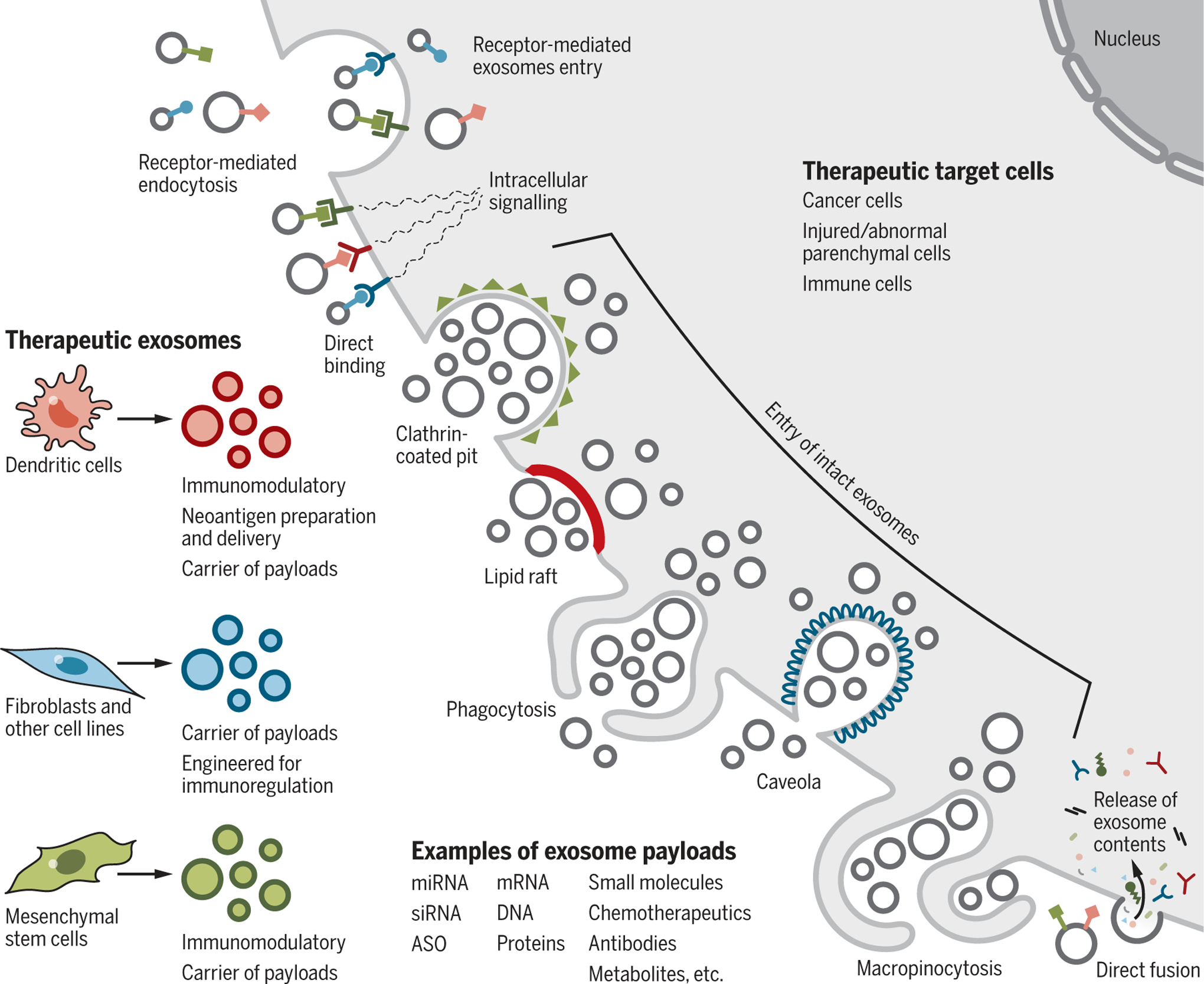Fig. 6. Cellular uptake of therapeutic exosomes.

Therapeutic exosomes isolated from dendritic cells, fibroblasts, and mesenchymal cells can impart specific effects on the target cells, including neoantigen presentation, immunomodulation, and drug payload delivery. The impact of therapeutic exosomes on target cells may be controlled by the different mechanisms of entry or interaction. Entry of intact exosomes can involve receptor-mediated endocytosis, clathrin-coated pits, lipid rafts, phagocytosis, caveolae, and macropinocytosis. Entry of the content of the exosomes, or induction of signals by exosomes, can involve ligand-receptor-induced intracellular signaling or fusion to deposit the contents of the exosomes into the cytoplasm. Examples of therapeutic payload are listed. Target cells include cancer cells, injured parenchymal cells, and immune cells. ASO, antisense oligonucleotide (a DNA oligo-binding RNA target).
